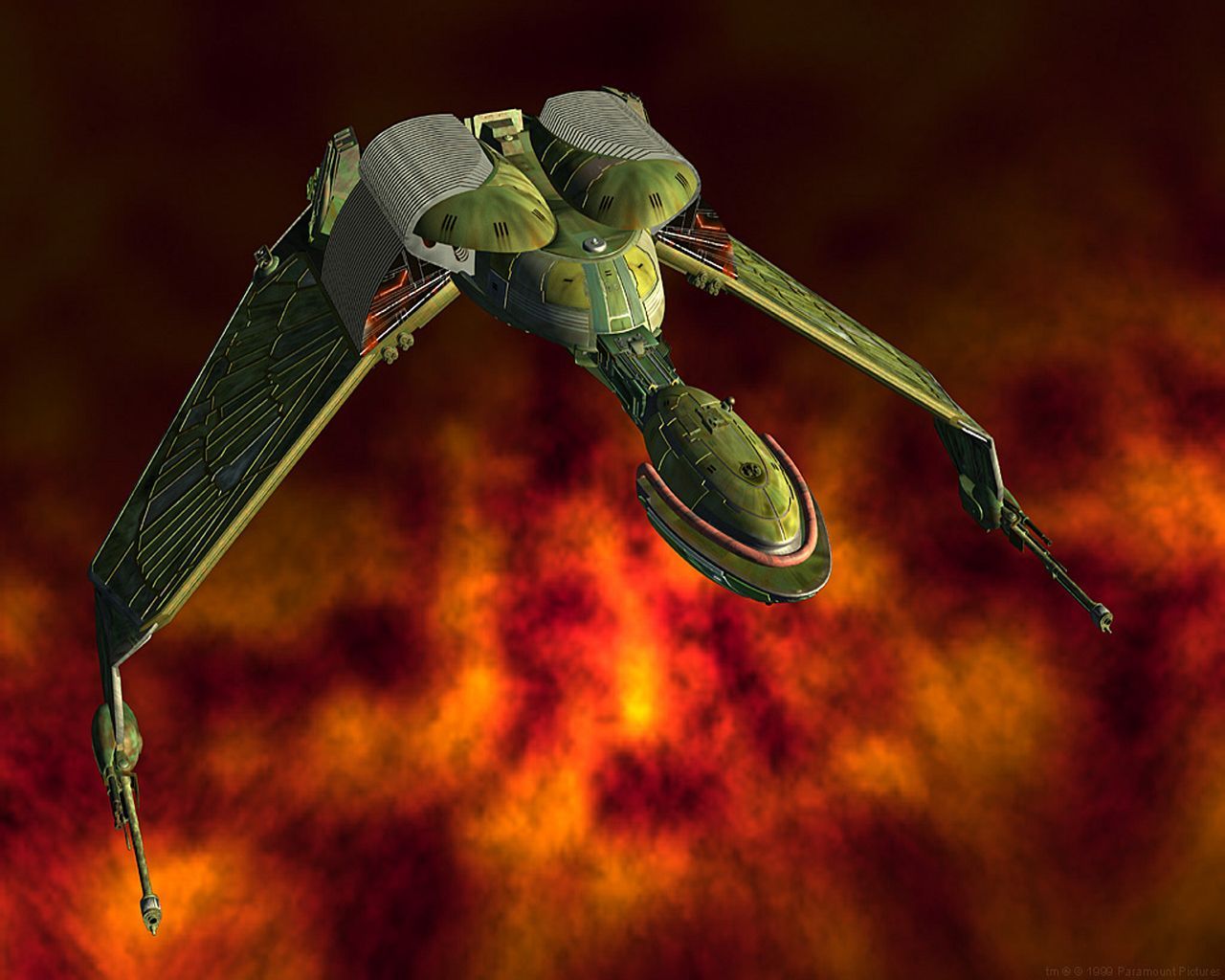I’m curious about trying Arch Linux, but I want to know what’s difficult or impossible with it first, as that’s usually what stops me sticking with a distro.
I’m particularly interested in software/driver support. For example, NVIDIA doesn’t mention Arch in its CUDA download page.
UPDATE: OK it sounds like Arch is for bleeding edge. That sounds fun, but I like things simple and reliable, so I’ll still with Ubuntu. I might run Arch on my secondary drive, or toy with it in Docker.
the nvidia website doesn’t list the drivers because they should be downloaded from the arch repos instead
arch is generally easier for more complex stuff, can’t really think of anything that you can’t do with it
Arch’s limitation is that you kinda have to stick with the latest version of things. This is usually a good limitation, and imo better than the limitation of having to stick with an old frozen version.
Depending on the package, trying an older version may not work or even break the system if dependencies or reverse dependencies are expecting it to be a certain version, which is often the case.
This is a really good way of saying it!
I’ll give concrete examples. With Arch:
- you either upgrade frequently, or risk a painful upgrade. I find I can reliably go a month between upgrades, usually with no problems, which doesn’t seem too bad… unless you’re used to upgrading once a year.
- frequent upgrades mean you often have to reboot, because the kernel changes frequently. This means rebooting at least once a month, sometimes more frequently.
- the previous is exacerbated because Arch expects that, if you “update” your repos metadata, you must upgrade all packages. You can install new packages if you don’t update, but you can’t selectively upgrade individual packages - at least, it’s considered unsupported and a bad practice (
pacman -Sy <package>is bad). So if you want to upgrade to Inkscape to a new version, you may find yourself having to install a new kernel which might force a reboot. - you can pin packages, but it’s not exactly a user friendly process. To do this, you have to edit a file in
/etc, and then keep track; and if you do want to upgrade a pinned package it’s a bit of a PITA. You can easily get yourself into a bad state by pinning packages, and it’s easy to forget about pinned packages. - if you simply don’t update the repos metadata, software frequently becomes uninstallable because upstream sources disappear. This happens to me far more frequently than I’d expect; like, in a matter of days between updates.
- Arch’s package config (
/etc) management is primitive. It just dumps new versions of config files in the filesystem, and it’s up to you to notice, find, and merge them. There are third party tools to help, but they’re basically dev-level diff/merge tools. You have to realize this is going on, go find a tool, install it; and because of the previous points, it means if you want to upgrade Inkscape, you may find yourself being forced to merge a grub config. - news sucks. Arch regularly (more frequently than other distros) pushes out breaking changes - things that will screw up your system. You are warned about these not when you try to upgrade, but only in Arch news, which you’re expected to go and read any time you install software. This means that upgrading Inkscape can break your system, if you don’t first go and read the Arch news; and Arch news readers are not installed by default, so you have to manually install and remember to run this every time you run
pacman. You may be lucky, but it you aren’t and it bites you, you’ll be told by the Arch community it’s your own dammed fault for not checking news first.
Despite all of these terrible, fixable aspects of Arch, I run it everywhere. Why? Because, unlike Debian, I don’t have to wait two years to get package updates, because the Arch package repository is simply vast and comprehensive, and because if you get in the habit of navigating the Arch maintenance minefield, it is the least breaky of distros, and the easiest to fix if it does get broken. I’ve had Debian installs get so fucked up, the package db so broken, that the only fix is to re-install. I’ve had Arch get borked, but never to an unrecoverable state.
I’ve had Arch get borked, but never to an unrecoverable state.
gotta love
arch-chrootfor that.
No matter what went wrong or how wrong it went, if you have the time, you can find out. And pretty easily too, as long as you keep some logs.
There are cuda packages for arch. I can confirm they work.
https://wiki.archlinux.org/title/GPGPU
Edit- to add i haven’t found arch’s limit, it feels like i am bound only by my own limit in my time, ability, and willingness to tinker with my setup. arch itself is widely supported, it has many official packages through pacman, and then additional through the “arch user repository” (AUR) so chances are most of the things you want or need have a package that can be installed with an AUR helper (like yay/paru which install from both pacman and AUR). In other distros you get more of a one-size fits all and you lose some of that ability to change things whereas arch you’re giving a minimal setup and left to build the system to your liking. It does take more time and expertise than other distros but it does give you more control. For me the trade off was an easy decision, but it’s not something i blanket recommend to everyone.
Every distro has limitations. Arch probably has the least. Every package is the newest possible giving you more options. You have to configure things yourself. Luckily there is no better resource that the arch wiki.
Here is the nvidia arch wiki page for you to look at.
https://wiki.archlinux.org/title/NVIDIA
If your looking for an ootb experiance there are easy arch distros like endeavour and garuda. You will still need to get acquainted with the arch wiki and general system maintenance.
What are your goals or requirements? What have you found limiting in other distros?
I’m not sure I can think of an example beyond lack of software/driver support
General difficulty of use (i.e. how many things do I have to read and do for something to happen the way I want)
And I want libraries to be officially supported, whatever that looks like, mainly so I don’t have to use workarounds or unverified sources (I don’t want to be using lots of Arch’s equivalent of PPAs, for example)
You don’t want Arch then. I’m sure other people will chime in with recommendations. I’m hesitant to make desktop recommendations because I mostly use Linux on the server, and I’ve never used an atomic distro or similar. But you probably want something mainstream, stable, and well-supported like Fedora.
how many things do I have to read
Well unfortunately, when using Arch, you will, at some point end up requiring to read a lot of something.
If that makes you hesitate, but you still feel like giving it a try, I’d say one good way is, install Arch using the Arch ISO method and go to https://wiki.archlinux.org/title/Installation_guide and read that once before and then, while installing.
- it is very well simplified (simplified by explanation, not by omission)
- it has handy links for terminology you will find in there, so you won’t have to go around finding stuff all the time
- open the page on another device, that you like reading on
- read it like you are trying to understand it and not like instructions
- while reading/installing it, if you realise you can’t keep doing that, you have your answer
- if you managed to install it before getting frustrated at the Wiki, well, know that most Arch wiki pages you will look at, are as good or better than that and you can consider this as another distro you might use.
Arch is not the most widely supported distro (as in supported by the creators of programs). You will see it supported most by some of the more indie open source programs, but beyond that, Debian and Ubuntu are more likely to be explicitly supported.
Arch definitely requires you to read. It’s a distro for those who want to assume greater amount of choice and freedom in their system. If you prefer an out of the box experience, try another distro.
I use (atomic) fedora and I don’t have to deal with drivers or anything system related. Among other good distros, I can highly recommend that for a set it and forgrt it system.
The first time I setup Arch from scratch (no archinstall) it took me about 7 hours to get a working desktop environment. A lot of that was figuring what specifics I wanted, like boot loader and desktop environment. If you aren’t already familiar with Linux architecture, the kernel, and basic terminal commands, you will be spending a lot of time on the Arch wiki. If you do already have a decent understanding of these concepts, then you will also spend a lot of time on Arch wiki.
Honestly, based on this response from you, Arch isn’t this distro for you. It’s work to setup, it’s work to configure, and it’s work to maintain. I jumped straight in myself with basically no Linux experience but about a decade of experience as a sys admin and power user for Windows. It’s been a couple of years and I have no desire to even branch out because I enjoy the tinkering and resources.
I have an Nvidia GPU and the first 6 months I had issues, but there have significant improvements and now I almost never have any GPU related.
An example of needing to fiddle with things, I couldn’t get audio to pass through my HDMI the other day when hooking my laptop up to a TV. I had to install a couple missing packages and then I was able to see the HDMI option in my sound settings, so then I could sell that as my output. Arch won’t ever tell you what you need, it just won’t work, so you have to read and figure it out yourself. Fortunately, the community is huge and the Arch wiki is fantastic. There are some shitty neck beards that like to gate keep, but ignore them and your experience will be better.
If Debian, Ubuntu and Fedora are S tier in terms of support, Arch is at least A+. There is virtually nothing you can’t do with it, albeit you might have to rely on community ports here and there.
The rolling release approach is great to get the latest features very quickly, good for games and new hardware. There is a reason OpenSUSE adopted the approach, SteamOS is build on Arch, and KDE Linux will be as well.
I would recommend to take a look at EndeavourOS, if you want a simplified graphical install.
Arch has been the least limiting experience I have had with Linux thus far.
You wanna delete system files, do it, I dare you. Oh, it broke your system? Okay, not a problem. I haven’t encountered a situation it wasn’t recoverable. You wanna test bleeding edge custom kernels with drivers that are the newest available? Done.
If you’re afraid of reading, troubleshooting, and trying new things to test your mettle? Yeah, go with something else.
There is very little I haven’t been able to do with my Arch setups. I ditched Windows, and can’t go back.
the first time I installed arch on my T420s, I was blown away! a minimalistic install, done in no time. no cruft of any kind, latest software versions, and the speed - the thing booted more than twice as fast as Fedora! I was ecstatic, how come everybody’s not using this!?
but then I needed a piece of software that wasn’t available and flatpak wouldn’t work in that scenario. rpm and deb available but nothing for arch. OK, so there’s this AUR thingy - cool, so like a repo, right? one copy/paste and I’m done…
not fucking so. what this does is fetch the source code and then compiles and builds it on your puny dual-core…I can’t imagine what a full system upgrade looks like, compiling tons of stuff for hours. that’s 1998 linux, I thought we were done with this.
not a week later, a normal system update with no errors made the thing unbootable. yeah, said one laconic reply, you really should keep up with breaking changes by way of the mailing list. do what now? the what now? dude, this just became a job.
so that was it for me. thanks to btrfs subvolumes, all my stuff was already there and ready to go for the new OS.
deleted by creator





